Movies
Latest about Movies
-
-
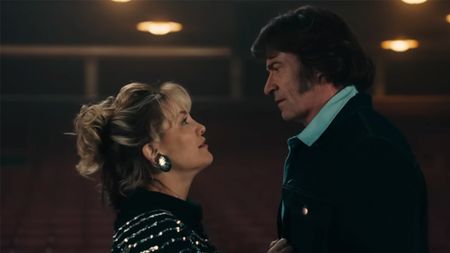
I Watched The Documentary That Song Sung Blue Is Based On, And It Made Me Appreciate One Character Even More
By Hugh Scott Published
-

Zootopia 2 Just Broke A Massive Disney Record That Was Held By Frozen 2
By Adam Holmes Published
-

I Think We've Been In A Down Period For Good Romance Movies, But There Are Still 7 That Came Out In 2025 That I'd Recommend
By Sarah El-Mahmoud Published
-

Upcoming Video Game Movies And Shows I Can’t Wait To See In 2026 And Beyond – Super Mario Galaxy, Mortal Kombat II, And More
By Philip Sledge Last updated
-
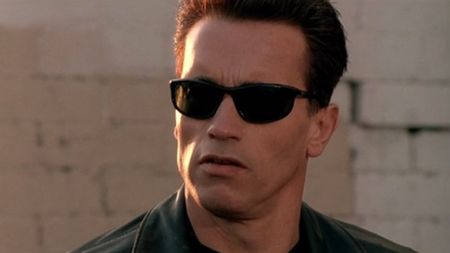
How Could The Terminator Franchise Be Improved? Noah Hawley Brings Up One Problem I Agree With
By Ryan LaBee Published
-
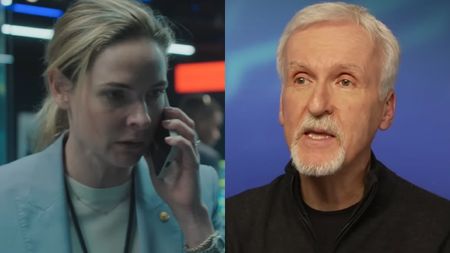
A House Of Dynamite Polarized Audiences, But James Cameron Explained Why The Netflix Movie Had ‘The Only Possible Ending’
By Philip Sledge Published
-

The Housemaid’s Director Broke Down The Challenges Of Making A Book-To-Screen Adaptation (And It Makes So Much Sense)
By Dirk Libbey Published
-
Explore Movies
Box Office
-
-

It's Christmas On Pandora As Avatar: Fire And Ash Has A Massive Second Weekend At The Box Office
By Eric Eisenberg Published
-

Avatar: Fire And Ash Rules The Weekend Box Office (Duh), But Questions Linger About The Future
By Eric Eisenberg Published
-

Five Nights At Freddy's 2 Bombs Hard In Its Second Box Office Weekend As Zootopia 2 Returns To The Top Spot
By Eric Eisenberg Published
-
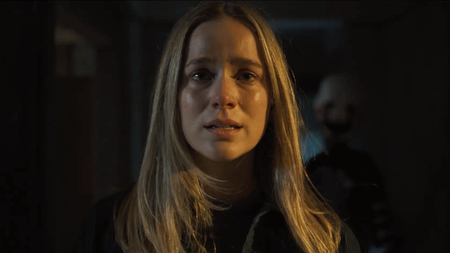
Five Nights At Freddy's 2 Survives Drubbing From Critics And Easily Wins The Weekend Box Office... But It's Not All Good News
By Eric Eisenberg Published
-

Zootopia 2 Surpasses $550 Million Globally, Running Wild At The Box Office Over Thanksgiving Weekend
By Heidi Venable Published
-

Rejoicify! Wicked: For Good Smashes Records At The Weekend Box Office, But It’s Bad News For The Running Man
By Heidi Venable Published
-
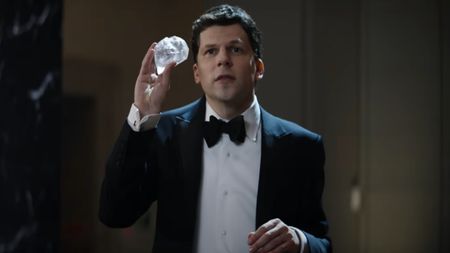
Now You See Me: Now You Don’t Conjures A Win At The Weekend Box Office While The Running Man Lags Behind
By Eric Eisenberg Published
-

Predator: Badlands Is On Its Way To Be The Biggest Predator Movie Ever After Its Awesome Box Office Opening Weekend
By Eric Eisenberg Published
-

Regretting You And Black Phone 2 Battle For The Top Spot At The Box Office During An Extremely Slow Halloween Weekend
By Eric Eisenberg Published
-
Features
-
-

Upcoming Video Game Movies And Shows I Can’t Wait To See In 2026 And Beyond – Super Mario Galaxy, Mortal Kombat II, And More
By Philip Sledge Last updated
-
 New Issue
New IssueEnroll in Starfleet Academy with the latest issue of SFX
By Ian Berriman Published
-

We're Still A Year Away From Dune: Part Three, But We've Already Learned A Lot About The Film
By Hugh Scott Published
-
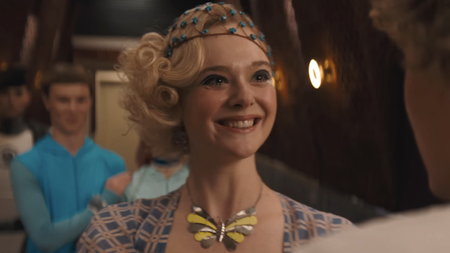
Upcoming Book-To-Screen Adaptations: What To Read Before The Movie Or TV Show
By Sarah El-Mahmoud Last updated
-

4 Women Of Color Who Were Snubbed By The 2026 Golden Globe Nominations
By Corey Chichizola Published
-
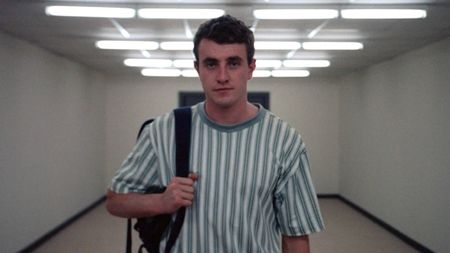
The Best Free Movies Online And Where To Watch Them
By Jason Wiese Last updated
-

I'm Watching Heated Rivalry, And I'm So Glad There's Finally A Smutty TV Show For Queer Folks
By Corey Chichizola Published
-

I Rewatch The Ref Every Year For Christmas. Why More People Need To Have It On Their Holiday Watch List
By Hugh Scott Published
-
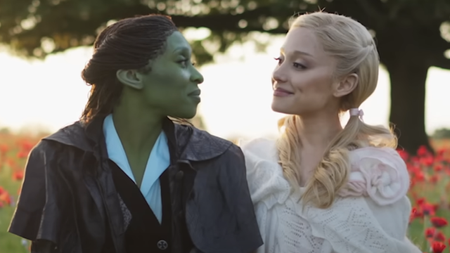
I Saw Wicked: For Good With A Group Of Mourning Theater Friends, And It Was Just The Emotional Boost We All Needed
By Corey Chichizola Published
-
More about Movies
-
-

The Housemaid’s Director Broke Down The Challenges Of Making A Book-To-Screen Adaptation (And It Makes So Much Sense)
By Dirk Libbey Published
-
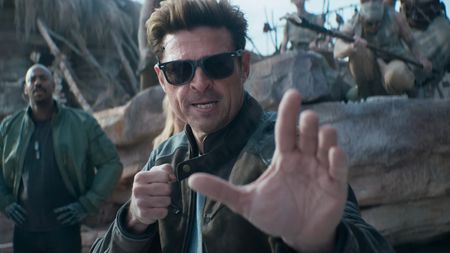
Karl Urban's Latest Mortal Kombat II Comments Are Shots Fired At The Boys' Billy Butcher
By Ryan LaBee Published
-

Jennifer Lopez Joked About Her Divorce And Love Life During The First Show Of Her Las Vegas Residency
By Dirk Libbey Published
-